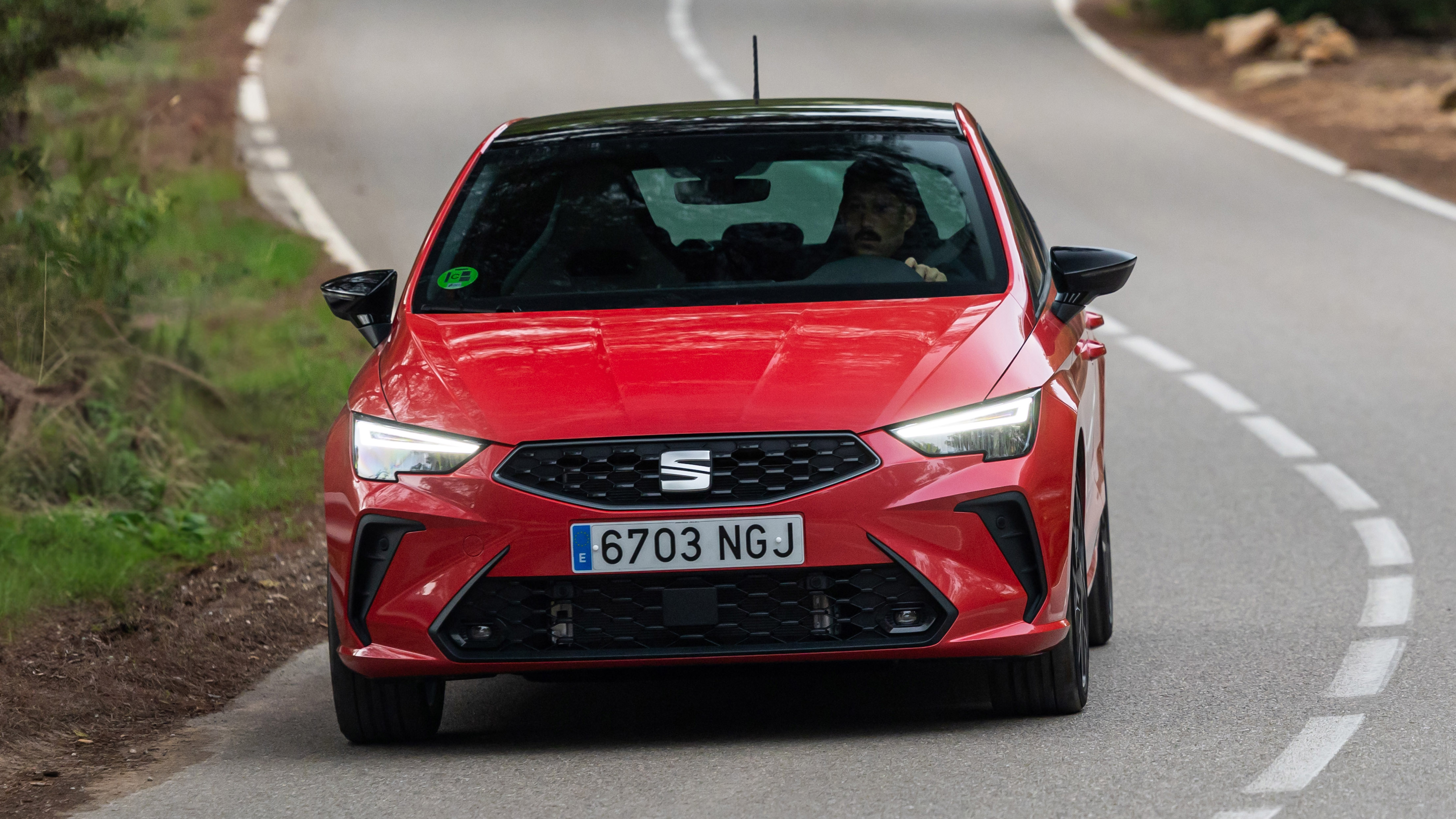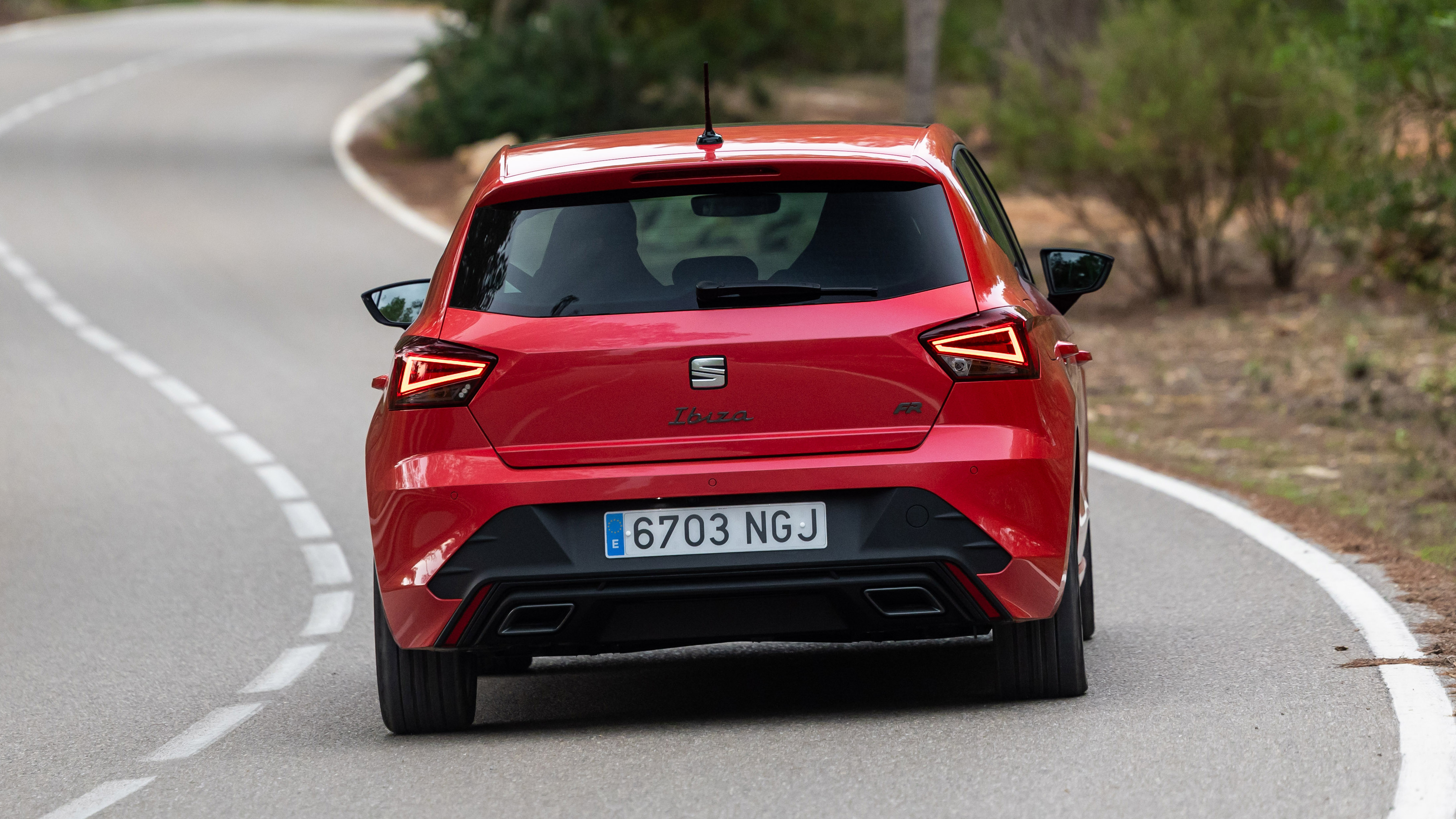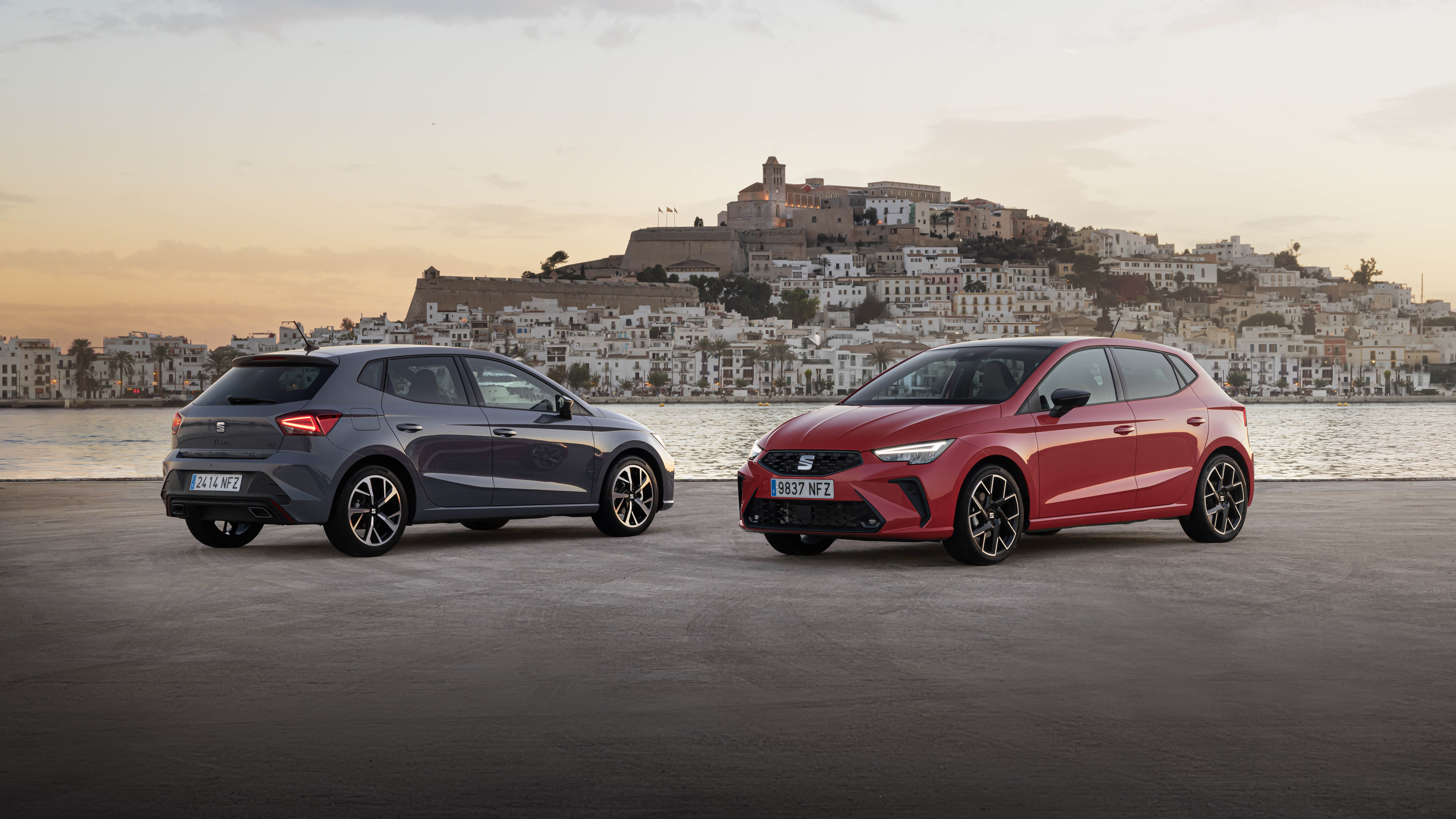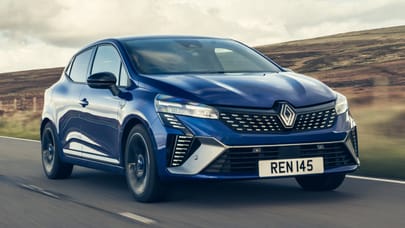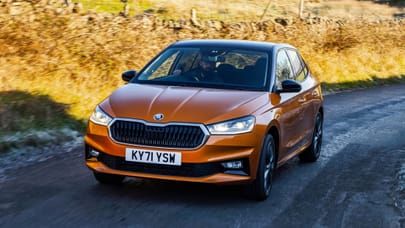
Good stuff
Looks good, usefully grown up while not an SUV
Bad stuff
Doesn't stand out, cabin feels dated, no hot hatch version
Overview
What is it?
This is the Seat Ibiza supermini, the fifth generation of a car that has been going strong since 1984. The Ibiza is Seat’s longest-running nameplate, with over six million sold globally to date, and it's perhaps the car it’s known best for.
It sits on the VW Group’s MQB A0 platform that’s now shared with the Volkswagen Polo, the Skoda Fabia and the Audi A1. It’s essentially a smaller, lighter variant of what’s under all of the VW Group’s transverse-engined cars and is the same platform that underpins the Arona crossover, alongside which it's been refreshed.
It’s also one of the last bastions of a (potentially) dying breed. With the Ford Fiesta now gone, it goes up against the like of the Renault Clio, Peugeot 208, Citroen C3, Vauxhall Corsa, Toyota Yaris in the mainstream supermini crowd.
What are Seats actually for, though?
We’re not entirely sure these days – Volkswagen’s once sporty brand now has its own sporty brand - Cupra - which rather does away with the need for Seat. Insiders tell us that it’s now plain and simple the entry point to the VW Group, offering a fun character at a price tag none of its rivals can match.
So, to this latest refresh. The eagle-eyed will have spotted the new bumpers front and rear, while it also introduces a new hexagonal grille design, slimmer LED headlights, and a dark aluminium finish to the handwritten script on the rump. Oh, and there are four – four! – new alloy wheel designs, plus a refreshed colour palette.
What’s it like inside?
It feels quite old school; there aren’t many gimmicks or bits of excitement you’d want to show your friends (even the Beats audio system is gone). But you do at least get a useable touchscreen and physical climate controls and more room than you’d might expect – it’s a perfect car for a single driver or couple, perhaps even those with a small family. It’s a good size for zipping around town without any of the refinement issues you get with city cars that have been built down to a price.
The latest update introduces a steering wheel wrapped in perforated leather, cooled wireless charging and a new six-speaker sound system, but that’s about it. It all feels very 2010s, in truth – there’s no standout Seat personality on display here, or any snazzy feature that would compel you to look at the Ibiza above anything else. Which is a shame, because this was once perceived as Volkswagen’s punky young brand.
And is it any good to drive?
The Ibiza is a reasonable drive: the steering is a little light (although it can be firmed up slightly in Sport mode) if lacking in outright feel, and the ride is quite firm but effective at soaking up the majority of lumps and bumps on the road. There’s no Cupra version of this car on the way, so you’ll have to enjoy what’s on offer.
There’s just the one 1.0-litre 3cyl petrol engine available with the Ibiza and it's available as a naturally aspirated unit with 79bhp, or a turbocharged version that produces 94bhp or 113bhp. They’re all a bit slovenly, the 0-62mph sprint taking between 10 and 15 seconds – surprising given that Seat built its reputation as a sporting brand.
But wait! From 2027, a mild-hybrid setup will be available, as already seen elsewhere within the VW Group. But that’s it as far as electrification goes – there’s no plan to introduce a fully electric variant, at least for now. Seat reckons that’d make it too expensive for its target audience.
Seat hasn’t confirmed final UK pricing, but we’re told entry spec versions will start at just under £21k, while the range toppers start just over £25k.
What's the verdict?
The Seat Ibiza is a likeable supermini: smart looks, decent amounts of equipment, more space than you might expect, a thrummy but economical 3cyl powertrain, and all at tempting prices. But this fifth generation has been with us since 2017 and even with this (second!) facelift, it undoubtedly feels a little dated.
Particularly inside the cabin, though you might view that as good news if you’re a bit of a technophobe. But from where we’re sitting, it struggles to stand out alongside its VW cousins, save for whatever it is that people think a Seat customer is nowadays, which we’re told is a lifestyle-type on a budget. It shows.
The Rivals
Trending this week
- Car Review
BMW 1 Series




